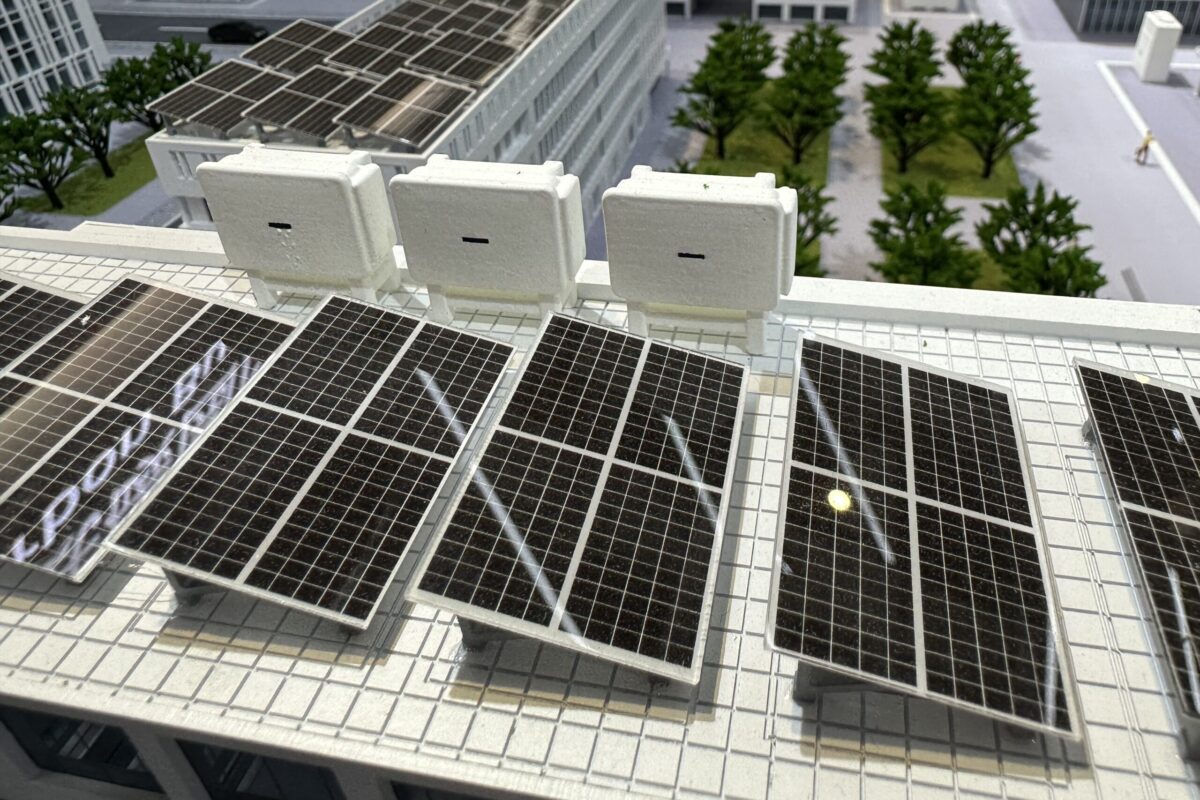Several factors influence the lifespan of a home battery energy storage system. We explore battery life in part 3 of our series.
In parts 1 and 2 of this series, pv magazine assessed the productive life of residential solar panels And inverters. Here we examine home batteries, how well they perform over time and how long they last.
Home energy storage has become an increasingly popular feature of home solar. a recent SunPower research of more than 1,500 households found that about 40% of Americans regularly worry about power outages. Of respondents actively considering solar energy for their homes, 70% said they planned to install a battery energy storage system.
In addition to providing backup power during power outages, many batteries are integrated with technology that allows intelligent planning of energy imports and exports. The goal is to maximize the value of the home’s solar system. And some batteries are optimized to integrate an electric vehicle charger.
The report notes a strong increase in the number of consumers showing interest in storage to provide their own solar energy generation. reduced net metering rates discourage the export of local, clean electricity. Nearly 40% of consumers cited self-sufficiency as a reason for requesting a storage quote, compared to less than 20% in 2022. Backup power for power outages and energy rate savings were also cited as top reasons for including energy storage in a quote.
The number of connected batteries in residential solar projects has steadily increased according to the Lawrence Berkeley National Laboratory, 8.1% of residential solar systems were battery powered in 2020, and in 2022 that percentage increased by more than 17%.
Battery life
Warranty periods can provide insight into installers’ and manufacturers’ expectations regarding battery life. Common warranty periods are usually about 10 years. The Guarantee for example, the Enphase IQ battery ends after 10 years or 7,300 cycles, whichever comes first.
Solar energy installer Sunrun said Batteries can last between 5 and 15 years. That means replacement will likely be needed over a solar system’s 20- to 30-year lifespan.
The expected battery life is largely determined by usage cycles. As reflected in LG and Tesla product warranties, thresholds of 60% or 70% capacity are guaranteed for a certain number of charging cycles.
Two usage scenarios cause this degradation: overload and trickle charge, said the Faraday Institute. Overcharging is the act of pushing current into a fully charged battery. Doing so could cause the device to overheat or even catch fire.
Trickle charging involves a process in which the battery is continuously charged to 100%, during which losses inevitably occur. The jump between 100% and just under 100% can increase the internal temperature, decreasing capacity and lifespan.
Another cause of degradation over time is the loss of mobile lithium ions in the battery, Faraday said. Side reactions in the battery can retain quite usable lithium, gradually reducing its capacity.
Although cold temperatures can cause a lithium-ion battery to underperform, they do not actually degrade the battery or shorten its effective lifespan. However, overall battery life decreases at high temperatures, Faraday said. This is because the electrolyte between the electrodes breaks down at higher temperatures, causing the battery to lose its Li-ion shuttle capacity. This can reduce the number of Li-ions the electrode can incorporate into its structure, reducing the capacity of the lithium-ion battery.
Maintenance
It is recommended by the National Renewable Energy Laboratory (NREL) that a battery be installed in a cool, dry place, preferably a garage, where the impact of a fire (a small, but non-zero threat) can be minimized. Batteries and components surrounding them must have sufficient clearance to allow for cooling, and regular maintenance checks can be helpful to ensure optimal operation.
NREL said that where possible, repeated deep discharge of batteries should be avoided because the more the battery is discharged, the shorter its life. If the home battery is deeply discharged every day, it may be time to increase the battery bank.
Batteries in series must be kept at the same charge, according to NREL. Although the entire battery bank may show a total charge of 24 volts, there may be varied voltage between the batteries, which is less beneficial for the long-term protection of the entire system. Additionally, NREL has recommended that proper voltage setpoints be set for chargers and charge controllers, as determined by the manufacturer.
Inspections should also take place regularly, according to NREL. Some things to look for include leakage (buildup on the outside of the battery), proper fluid levels, and even voltage. NREL said each battery manufacturer may have additional recommendations, so checking maintenance and data sheets on a battery is a best practice.
This content is copyrighted and may not be reused. If you would like to collaborate with us and reuse some of our content, please contact: editors@pv-magazine.com.
Popular content



